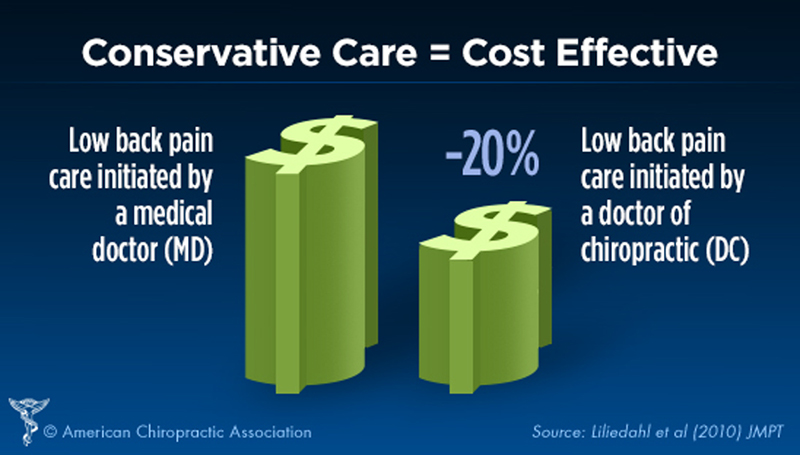Experiences With Chiropractic Care for Patients
Experiences With Chiropractic Care for Patients With Low Back or Neck Pain
SOURCE: J Patient Exp 2020 Jun; 7 (3): 357–364
Ron D Hays, PhD, Cathy D Sherbourne, PhD, Karen L Spritzer, BS, Lara G Hilton, PhD, MPH,
Gery W Ryan, PhD, Ian D Coulter, PhD, and Patricia M Herman, ND, PhD
Division of General Internal Medicine & Health Services Research,
UCLA Department of Medicine,
Los Angeles, CA, USA.
Background: Musculoskeletal disorders are the second leading cause of disability worldwide.
Objective: Examine experiences of chiropractic patients in the United States with chronic low back or neck pain.
Method:   Observational study of 1853 chronic low back pain and neck pain patients (74% female) who completed an online questionnaire at the 3-month follow-up that included Consumer Assessment of Healthcare Providers and Systems (CAHPS) items assessing their experiences with care.
Results: We found similar reports of communication for the chiropractic sample and patients in the 2016 CAHPS National Database, but 85% in the database versus 79% in the chiropractic sample gave the most positive response to the time spent with provider item. More patients in the CAHPS database rated their provider at the top of the scale (8 percentage points). More chiropractic patients reported always getting answers to questions the same day (16 percentage points) and always being seen within 15 minutes of their appointment time (29 percentage points).
Conclusions: The positive experiences of patients with chronic back and neck pain are supportive of their use of chiropractic care.
There are more articles like this @ our:
CHRONIC NECK PAIN Section and our







